#the roman ritual
Explore tagged Tumblr posts
Text

The Sacred Grove of the Druids, set design from Vincenzo Bellini's Opera ''Norma''
#vincenzo bellini#norma#opera#druids#druid#sacred grove#sacred groves#high priestess#woods#forest#art#gaul#gallic#ancient gaul#gauls#pagan#paganism#europe#european#ritual#rituals#ceremony#tradegy#oroveso#chief#antiquity#religion#roman#ancient rome#villeneuve
330 notes
·
View notes
Text


BALAK, PANGAGAD
uhhh conspiracy. can be a courtship dance. ritual. so to speak. & hosting one in your house is an act of service
#(vague hand waving) gender or something as well. the romans sure do love discourses on identity. moving along!#i'm working on something that leads to a scene where Trebonius says that in a different life Cassius would've#made an ideal wife for someone. and Cassius is like. lmao. sure whatever. and it'll spiral out into bickering or whatever and Trebonius#would say something about how Cassius could've been a modern Lucretia. or something.#Cassius would of course return fire with Portia being their modern Lucretia for having to put up with Brutus during All Of That#EH. we're work shopping it. the more immediate one is when Cassius says that his name can handle the weight of a shared#conspiracy (incorrect it requires a sacrifice of Brutus but for a moment they can all indulge in a fantasy)#ANYWAY. back to courtship rituals. the conspiracy can also function as a barkada and serve as the go between#drawing tag#komiks tag#roman republic tag
146 notes
·
View notes
Text
This is my Roman Empire
#happygaytimes#the band ghost#ghost bc#shitghosting#ghost#nameless ghoulette#nameless ghoul#cirrus ghoulette#cirrus#ritual#Roman empire#I wanna bewitch queue
726 notes
·
View notes
Text


Roman Child's Lead Coffin, Newport Museum and Galleries, Newport, Wales
#romans#roman#burial#coffin#roman society#roman empire#roman culture#Roman belief#archaeology#ancient cultures#ancient living#ancient crafts#lead#metalworking#metalwork#ritual#Wales
60 notes
·
View notes
Text

woof woof……
#this was Supposed to be the peter thingy but#I for some reason just could not draw him happy pshh#so serious I tried but to no avail#intricate rituals…..#roman roy#roman#succession#hbo succession#art#fanart#my art
297 notes
·
View notes
Text

Rosemary’s Baby (1968)
Dir. Roman Polanski

#rosemary’s baby#1968#roman polanski#witch coven#dark aesthetic#goth aesthetic#gothic#vintage#goth#ritual#witchcraft#horror aesthetic#horror film#horror#60s#60s cinema#60s film
46 notes
·
View notes
Text
waitt okay... piecing things together. armand loved and idolised marius and so when marius was killed by the roman coven, it was obviously deeply traumatising for armand. i think it's very likely that marius was killed for betraying some coven rule, and so in armand's mind the trauma of losing marius and the gospel of the coven are inextricably linked - though it would make more sense for armand to come out the other end of marius' death rejecting the coven and its rules, he has instead come to associate one of the highest points of grief in his life with what happens when you break coven rules - that's why he sticks to the old rituals even as he personally disagrees with them, that's why he enforces coven rules in the theatre des vampires even though it always seems like his heart's not really in it. he's always following a pre-written script because of the twisted grief he feels for marius.
#armand#armand iwtv#iwtv meta#iwtv#interview with the vampire#thunder rambles#edit: HELP i wrote this before i knew the extent of armand's backstory in the books. this is legit the method the roman coven used#to rewire armand's brain into following the old rituals. like they just traumatised that sucker until he listened to them. rip#armandposting
21 notes
·
View notes
Text
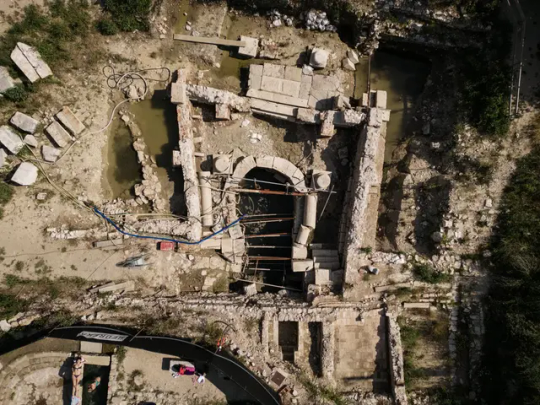


These Bronze Statues Reveal Ancient Healing Rituals
Discovered in a dig at a thermal spring in Tuscany, Italy, the well-preserved items offer a glimpse into medical practices from the Etruscan and Roman eras.
An exhibition that opened Friday at Rome’s Quirinal Palace could be described as a classic rags-to-riches story.
Just ten months ago, many of the bronze statues now on show there — artfully spotlighted and captioned — were submerged in layers of thick mud in what had been a sacred pool of thermo-mineral water roughly halfway between Florence and Rome.
Their rediscovery last fall during an ongoing archaeological excavation in a field just below the Tuscan town of San Casciano dei Bagni made headlines around the world, propelling the bronzes — via a stint in Italy’s main restoration institute — to the rare honor of being exhibited at the presidential palace.
“It’s an extraordinary discovery,” Luigi La Rocca, the culture ministry official responsible for archaeology, fine arts and landscape, told reporters at the palace on Thursday, praising the variety of the bronzes, their quality and their high degree of conservation.
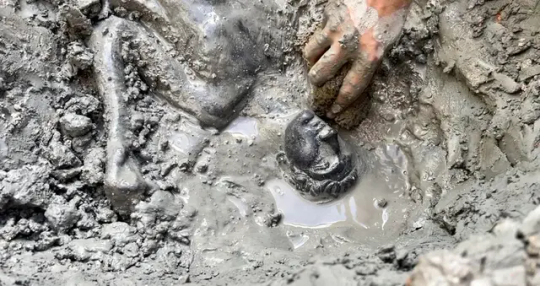
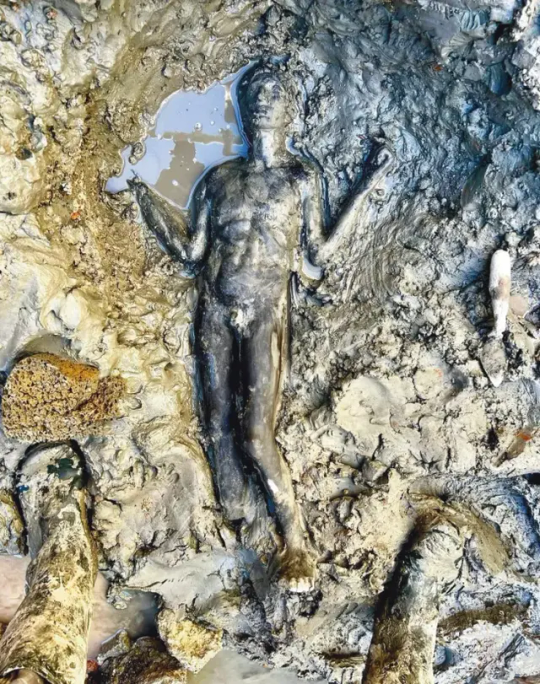
The artifacts — mostly dating from the second century B.C. to the first century A.D. — were votive offerings collected in the sacred pool of the so-called Bagno Grande, or “large bath,” part of a sanctuary that was in use in various forms for more than 700 years.
Lightning struck the building around the first century A.D., and following the Etruscan tradition of burying objects struck by lightning in a sacred place, the statues and other artifacts were concealed under a layer of terra-cotta tiles along with a bronze thunderbolt, a ritual called “fulgur conditum.”
Successive votive offerings, mostly bronze coins and plants, were deposited until Christianity became the official religion of the Roman Empire in the fourth century A.D. Then, the sanctuary was dismantled, and its offerings were buried once again, which contributed to their remarkable conservation.
The dig that uncovered them began in 2019, but it was only in 2020 that the first artifacts — inscriptions, altars and small bronzes — began to emerge. Last year, the archaeologists dug further down into the sacred pool.
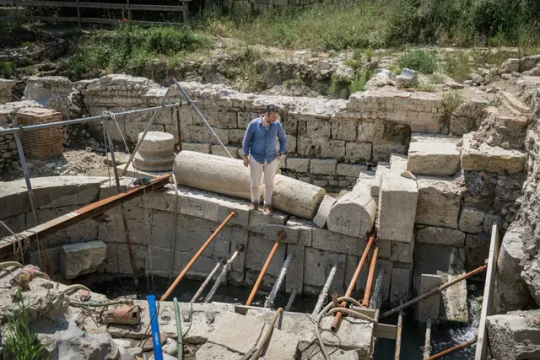
“We thought there could be something here, but nothing like what we found,” said Emanuele Mariotti, the director of the excavation, on a recent hot afternoon as he surveyed the site. “It was like a time capsule waiting to be opened,” he added.
The finds offer insights on ancient medical practices. The waters were considered curative by “Etruscans, Romans, Christians and Pagans,” Mariotti said. “This was a place of healing, meeting of cultures and medical knowledge.”
Many of the bronzes had inscriptions from the territory of Perugia, about 70 kilometers northeast of San Casciano, a considerable distance to travel more than 2,000 years ago. This shows “how complex and nuanced” cultural interaction was at the time, added Jacopo Tabolli, the scientific director of the dig and co-curator of the Quirinal show.
“Gods changed, but the water remained the same,” he added.
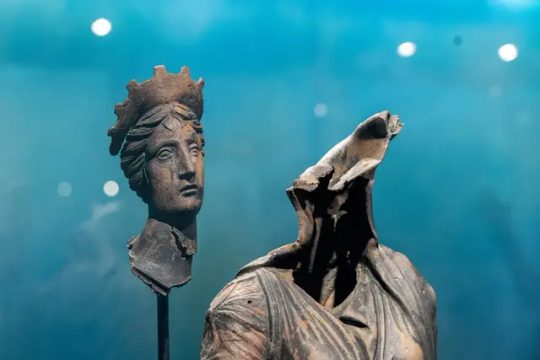
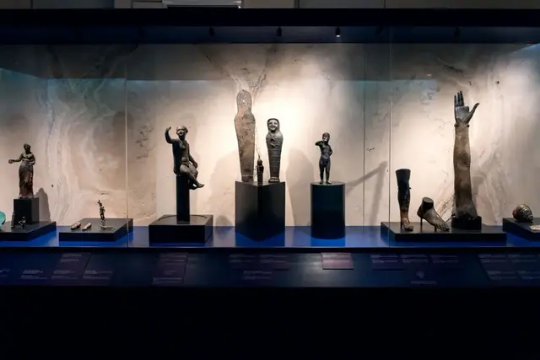
Some of the bronzes are still being restored, but many made it to the Quirinal for the exhibition. In one room, bronzes of arms, feet, ears and other body parts are on display, reflecting the various ailments that were treated at the thermal baths.
“These are unique,” Mariotti said, stopping in front of two bronze plaques showing what he said was a “very accurate” depiction of internal organs. Similar terra-cotta examples existed, he said, but bronze versions were hitherto unknown.
Other statues represented gods and goddesses, but also men, women and small children, wrapped in swaddling cloths. Some were sickly and in need of healing. Others appeared to have benefited from the cures.


The thermal springs are still used today for their therapeutic properties, both in the public baths near the archaeological site and at a private resort.
For San Casciano dei Bagni, a picturesque hilltop town, the ancient finds will hopefully bring new economic prospects, especially after the opening of a new museum in the city center.
Earlier this week, at a property deed transfer in Rome attended by various authorities, the culture ministry formally bought a palazzo in San Casciano dei Bagni from local clerics to house the museum (list price 670,000 euros, around $730,000) and Italy’s culture minister, Gennaro Sangiuliano, pledged to contribute “additional resources.”

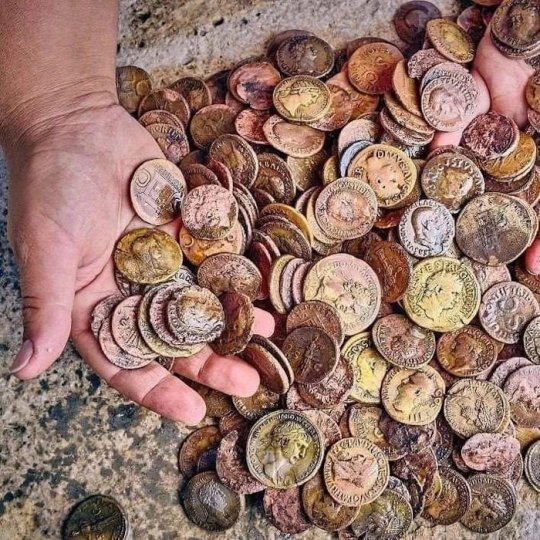

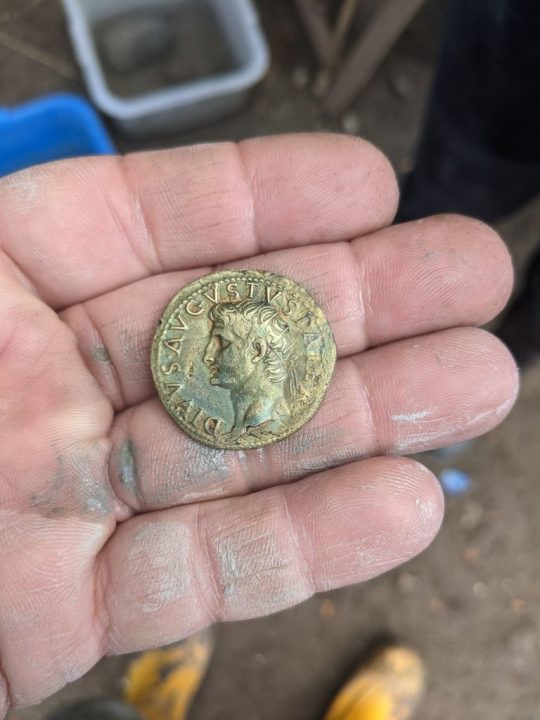
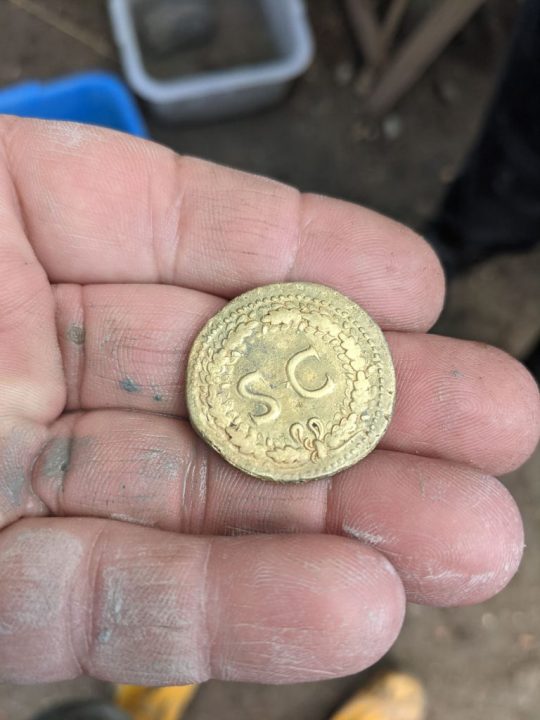
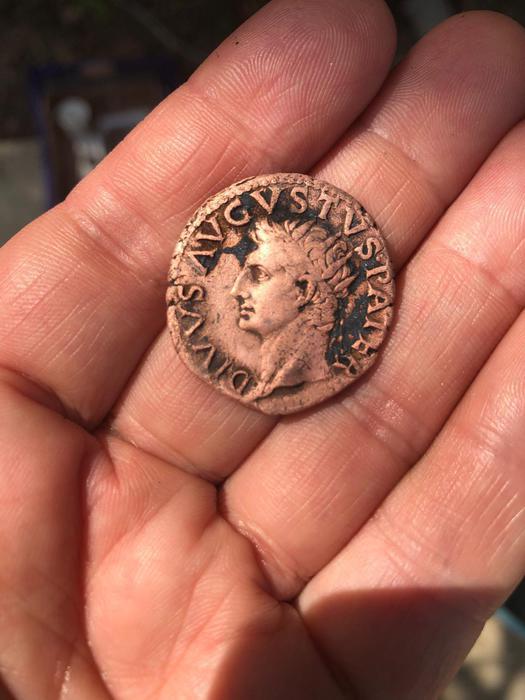
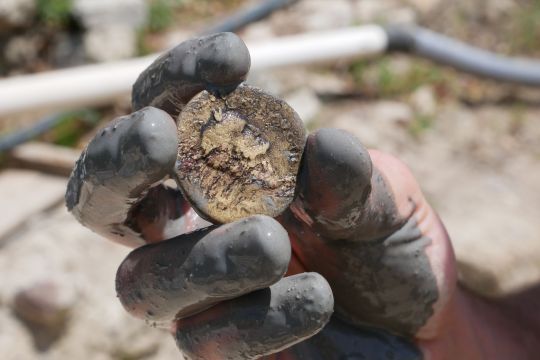
Massimo Osanna, the director of Italy’s state museums said Thursday that he hoped one section of the museum would be ready next year. “I’m an optimist,” he said.
“It’s going to be a tremendous opportunity,” said Agnese Carletti, the town’s mayor. Following on from previous administrations, Carletti’s council championed and funded the local archaeological excavations that led to the finds, offering room and board to archaeology students participating in the summer digs.
A new excavation begins next week, and Tabolli said that it would concentrate on expanding the archaeological site to better understand the context around the sacred pool. “We’ve reconstructed the structure of the sanctuary, but there is still much more to know about the overall site which must have been monumental,” he said.
Osanna said that more surprises could be in store. “We don’t know what else the sanctuary has to offer,” he said.
By Elisabetta Povoledo.
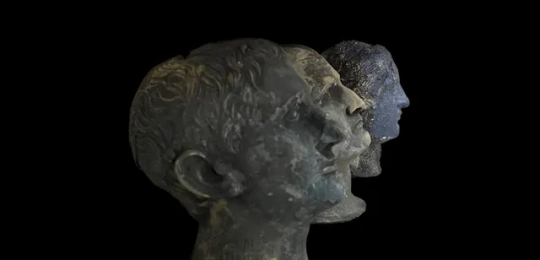
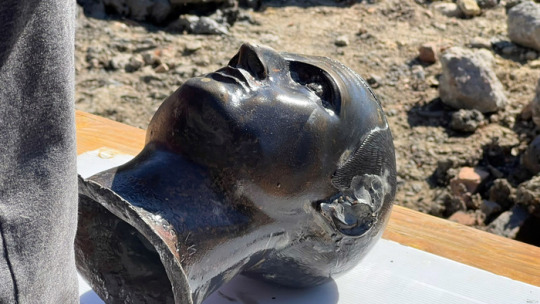


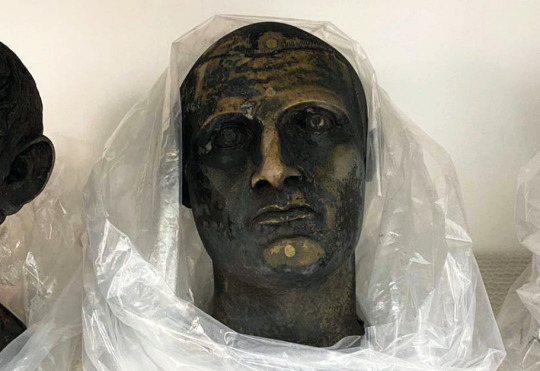
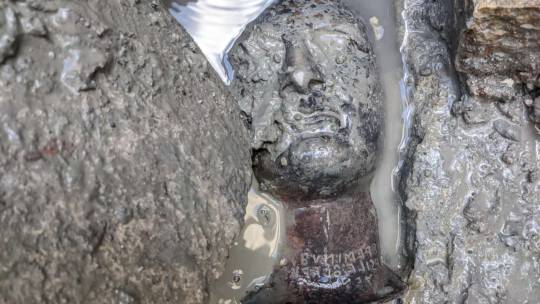
#These Bronze Statues Reveal Ancient Healing Rituals#Etruscan And Roman Treasure Trove Unearthed In San Casciano dei Bagni#bronze#bronze statues#bronze sculpture#roman coins#ancient artifacts#archeology#archeolgst#history#history news#ancient history#ancient culture#ancient civilizations#roman history#roman empire#etruscan history#etruscan art#roman art#ancient art#long reads
128 notes
·
View notes
Text

Dead Head
Marble funerary altar of Roman matron, ca. A.D. 90-100, Metropolitan Museum of Art, 82nd Street and Fifth Avenue, Upper East Side, New York City.
#museums#death rituals#funeral altar#ancient rome#roman matron#metropolitan museum of art#upper east side#new york city
12 notes
·
View notes
Text
I can't believe Roman's plan to get the girl is to drag her onto early morning runs
#divine rivals#rebecca ross#roman c kitt#iris#roman x iris#what kind of messed up runner ritual is this???
36 notes
·
View notes
Text
@basicallymayah on TikTok: local man is BEGGING to be dicked down #succession
#succession#roman roy#stewy hosseini#video#this person including stewy in Roman's gay rituals montage...i think they truly understand me
86 notes
·
View notes
Text

Pompa Circensis by Julio Borrell Pla
#pompa circensis#art#julio borrell pla#ancient rome#chariot#chariots#quadriga#chariot racing#chariot race#chariot races#circus maximus#roman republic#roman#romans#games#racing#races#charioteer#charioteers#arena#classical antiquity#procession#parade#festival#history#europe#european#pageant#ritual#religious
74 notes
·
View notes
Text

ice giso
#cotl#cult of the lamb#i cant i fucking cant#i have two docs detailing all my thoughts#i spent a whole evening studying about liturgical clothing for the roman ritual in catholicism#just so i can justify the cults vestiment#oh my god i swear to god im cookin holy shit#por lo mientras tomen este curi#gente les digo que si ando haciendo buen fanart solo que primero necesito me dejen darle sentido a cada minimo detalle del juego#ayud
12 notes
·
View notes
Text
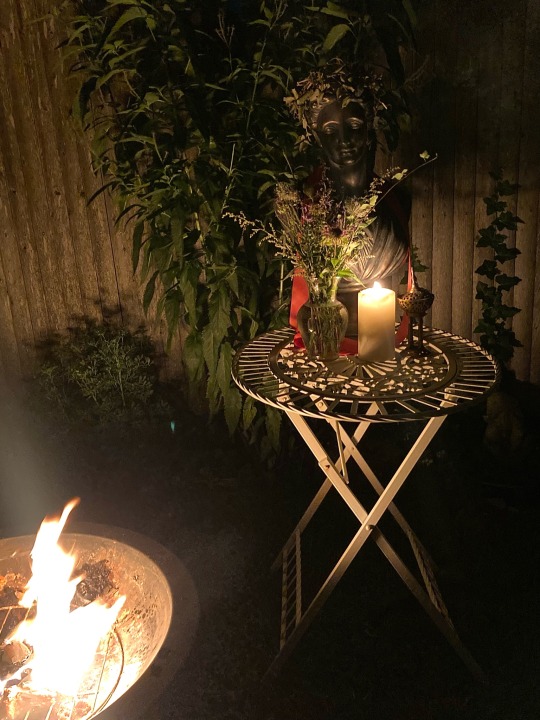

Another lovely Nemoralia; the first time I've celebrated on a blue moon. Clearly I'm a little behind on my posting.
It was lovely to see so many people spending time with the moon that night in their own personal ways.
🌕
🦌
🔥
#Nemoralia#diana#polytheism#August#ritual#Roman#Roman polytheism#ancient religion#religion#moon#magic
28 notes
·
View notes
Text

Roman Stamped Tile
When the graves at the Infirmary Field Roman Cemetery, Chester were excavated, some were found to have been covered over with roof tiles. Many of the tiles were stamped with the name of the 20th Legion - LEG XX.
Grosvenor Museum, Chester
#romans#roman empire#roman#roman tile#archaeology#ancient craft#ancient living#relic#text#cemetery#roman culture#chester#burial#tiles#grosvenor museum#ritual
45 notes
·
View notes
Text
Evocatio (ritual)
How the ancient Romans would invite foreign deities into their pantheon
It is a distinguishing feature of Roman religion that it constantly incorporated new gods and goddesses. This was not necessarily the consequence of the Romans perceiving some inadequacy in their existing deities – the consequence of a simple search for a more ‘satisfying’ religious experience. It is better seen as a feature of the flexibility and adaptive capacity of an ‘open polytheism: new deities reflected Rome’s changing social, political and military circumstances; they responded to new manifestations and new interpretations of divine power.

The Ritual and its Significance
The Evocatio was a ritual practice in ancient Roman religion in which the Romans would ceremonially invite or "call out" the gods of an enemy city or territory to abandon their people and join the Roman side.
This practice was often performed during sieges or in the context of war, and it reflected the deep Roman belief in divine intervention in military matters.
By performing an evocatio, the Romans sought to neutralize the protective deities of their enemies, offering these gods a new sanctuary and worship within Rome, thus ensuring their favor in future Roman endeavors.
The evocatio was both a military and religious strategy, used to undermine the spiritual defenses of enemy cities and incorporate their divine protectors into the Roman pantheon.

Ritual Process
The evocatio began with the Roman general addressing the protective deity of the enemy city, often without knowing the specific name of the god. The general would invoke the deity with phrases such as: "Whoever you are, god or goddess who protects this city…" This ensured that the prayer would reach the correct divine figure, even if the Romans were unfamiliar with the precise name or nature of the god.
The general would then promise the deity better worship and offerings if they chose to abandon their current city and join the Roman side. The promise often included the construction of a new temple or altar in Rome where the god would be honored with sacrifices and festivals. This offer reflected the Roman strategy of incorporating foreign deities into their own religious system, granting them prestige and prominence within the Roman state religion.
To conclude the evocatio, a formal sacrifice was made to appease the deity and ensure that the ritual was conducted with proper reverence. The sacrificial act was an essential component of the ritual, as it provided the god with an offering in exchange for their favor and protection.
The process of Roman conquest often involved the Roman assimilation of the gods of the conquered people. One particular ceremony (known as evocatio, literally a ‘summoning away’) attempted to win over to the Roman side the protecting deity of an enemy city before the Romans had conquered. The Roman general would offer the enemy god a cult and temple in Rome – so depriving the enemy of their divine protection, while at the same time incorporating a new deity into the Roman pantheon.

Source:
Beard, M., North, J., & Price, S. (1998). Religions of Rome: Volume 2, A Sourcebook. Cambridge University Press
Chapter 2 | Deities of Rome
2.6 | The Incorporation of New Deities
2.6a | The ‘evocatio’ of Juno of Veii
4 notes
·
View notes